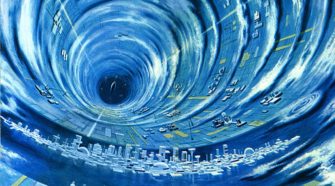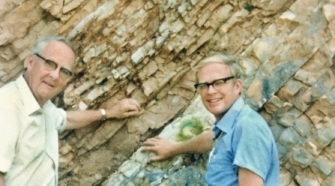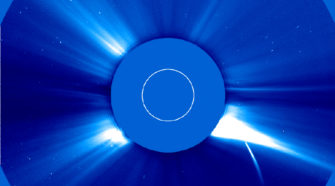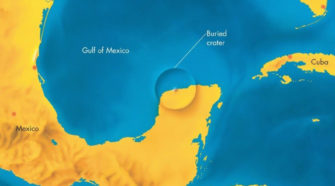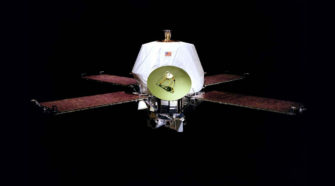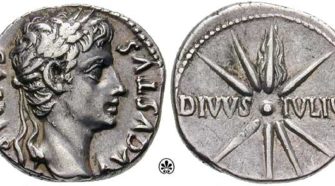Ice and Stone
Special Topic: “Small Bodies” in Culture and Literature
Although they may not be as big a presence in our overall human culture and literature as the moon and the other planets of our solar system are, the “small bodies” of our solar system are nevertheless present. There a number of misperceptions about them, perhaps more so than there are for the planets. Consider, …
This Week in History: May 31-June 6
MAY 31, 2020: Comet ATLAS C/2019 Y4 will pass through perihelion at a heliocentric distance of 0.25 AU. A previous “Comet of the Week,” Comet ATLAS initially showed potential for becoming a bright object, but it now appears to have all but disintegrated as it has approached perihelion. It is traveling in the same orbit …
Comet of the Week: SOHO C/1998 K10 and C/1998 K11
C/1998 K10’s Perihelion: 1998 June 1.88, q = 0.006 AU C/1998 K11’s Perihelion: 1998 June 2.06, q = 0.005 AU Various previous “Ice and Stone 2020” presentations have discussed the impact that the joint NASA/ESA SOlar and Heliospheric Observatory (SOHO) mission – and in particular the onboard LASCO C2 and C3 coronagraphs – has had …
Special Topic: The K-T Event
For many people, one of the most fascinating periods of Earth’s natural history is the Mesozoic Era, which spanned from roughly 252 million years ago to 66 million years ago. This period of time is often called the “Age of Dinosaurs,” and indeed these large reptiles were the dominant animals on Earth for well over …
This Week in History: May 24-30
MAY 24, 1981: American astronomer Harold Reitsema and his colleagues, observing from Arizona, detect a possible moon of Neptune during an apparent occultation of a background star. This object was confirmed by Voyager 2 during its flyby of Neptune in August 1989 and is now known as Larissa and designated as Neptune VII. MAY 24, …
Comet of the Week: “Caesar’s Comet” C/42 K1
Perihelion: 44 B.C. May 25.0, q = 0.22 AU The appearance of a bright comet is certainly a stimulus of important scientific investigations, and, under the right circumstances, in today’s society can also be a focus for popular culture, at least for a while. In more ancient times, however, when comets were still widely considered …

